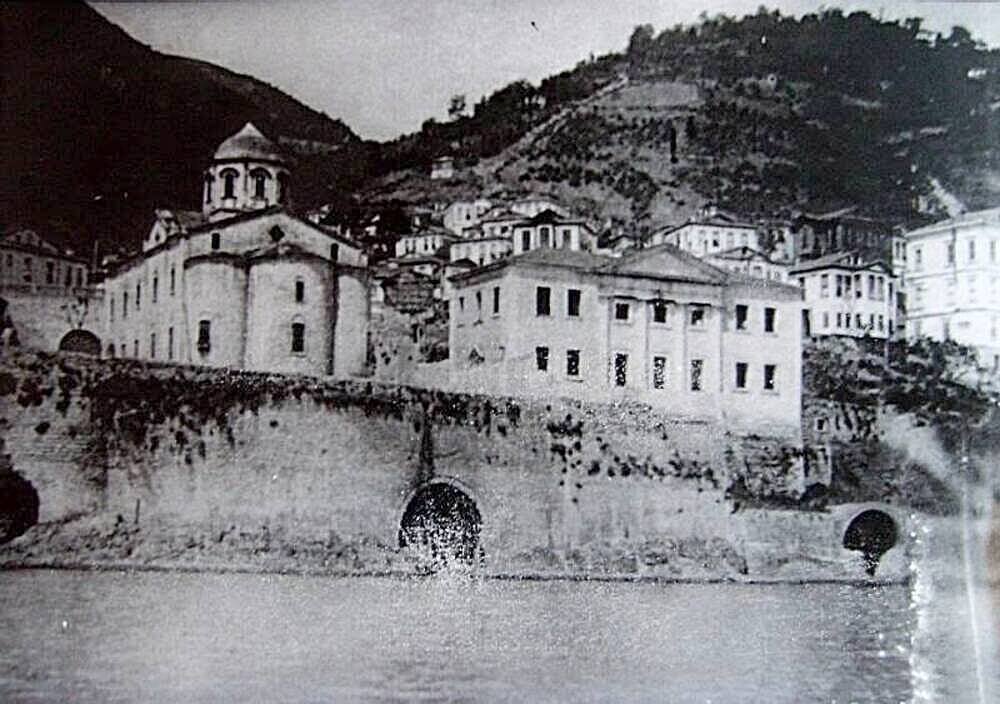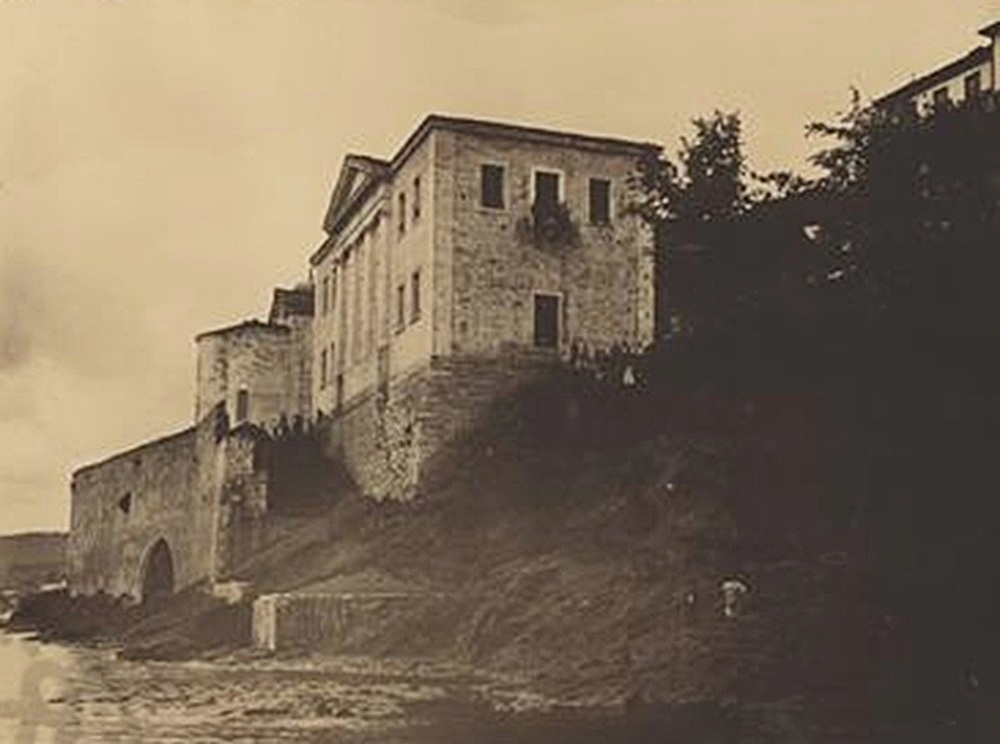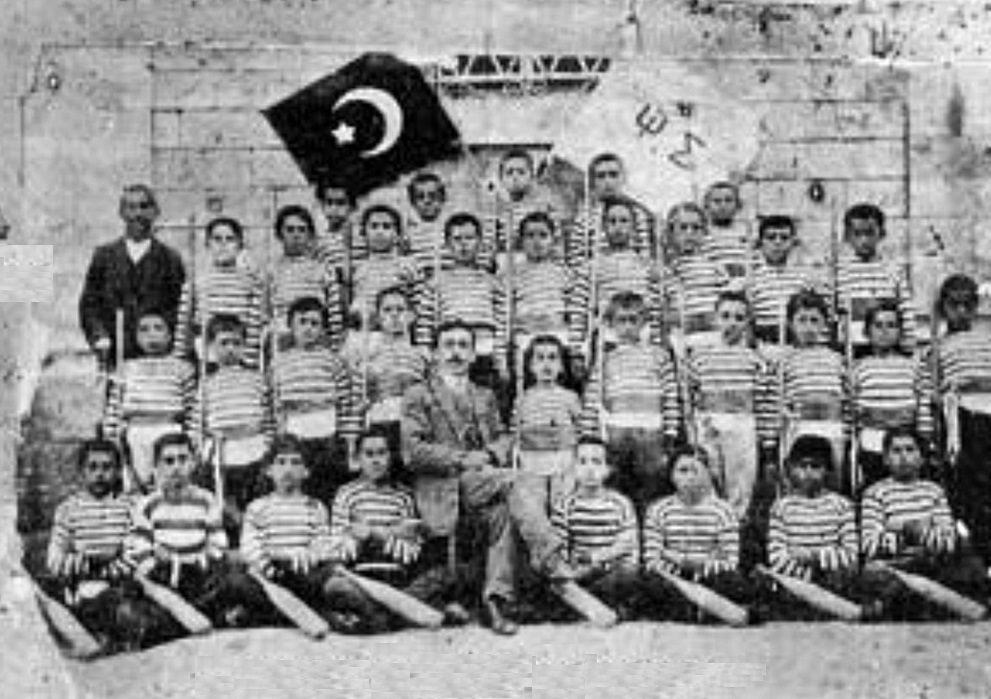
Kotyora (Ordu in Turkish) is a seaside town which dates back to Ancient times. There is a reference in Homer's Iliad in which it is referred to as Kitoros. In ancient times and before the Persians. the town enjoyed it's own independence, as it did during the reign of the Kingdom of Pontus. Today's Kotiora is believed to have been built on the ancient town due to the presence of many ancient relics in the area.
Many people of Chaldia abandoned their houses and moved into Kotyora during Turkish rule and the city enjoyed a steady influx of population and in particular from the middle of the 19th century and beyond. At the beginning of the 20th century, Kotyora had a population of 12,000 of which half were Greeks and the rest were either Turks or Armenians.
The Church of Hypapante (Tr: Taşbaşı kilisesi). Source Read more
On the 19th of August 1917, Russia bombarded the city and many Greeks fled with them to Russia. Two months later, the Turks dislodged the Greeks of Kotyora. Of 6,000 Greeks, only 2,500 managed to flee to Trapezunta and to the Caucasus. The rest were transported to Sevasteia (Sivas) and to Kastamoni where they were sent to do hard labour and subsequently perished. The remainder ended up in Greece after the exchange of populations in 1923.
In the 19th century, Kotyora had 2 main municipalities. Ipapantis and Agios Georgios. After 1870, a 3rd municipality was formed called Agios Nikolaos (Pilpil Dere or Poxlou Dere). West of the city existed 6 regions named: Osakaras, Persempe, Poulaman, Ouloumpei, Kiolki and Epasas. The Greek villages of Kotyora were: Tepe Kioi, Kagia Pasi, Nteli Kagia, Arpa Kioi, Tourna Soui, Vona, Fernek, Jason, Kiolkioi, Ai Anton, Esenli, Olouklou, Haitar, Alantzouk, Tioutoukli, Inere, Mese Tsixour, Karatas, Ola Alan, Kousova, Artoux and many others. For a full list click here.
The Psomiadis School built by Konstantinos Psomiadis. Source
In the municipality of Ipapantis the Psomiadis School existed. In the municipality of Agios Nikolaos there was the School of Karipideios founded by Hatzi Haralambos Karipidis. There was also a Greek school in the municipality of Agios Georgios.
Around the middle of the 19th century in Ordu there were 600 Greek families, 150 Armenian families and 350 Turkish families. The Greeks maintained their own Greek school and 2 correspondence schools. In 1869 Konstantinos Psomiadis built - at his own expense - a school to incorporate all these schools into one. The school which became known as the Psomeiadis School was built with the assistance of architect Iosif Tipaldou from Cephalonia. The school functioned as a middle-school.
Students of a gymnastics class at the Psomiadis School in Ordu (Gr: Kotyora) with their teacher and supervisor.
The Greeks of Ordu lived in 2 parishes. One parish consisted of Greeks who had lived there for many years while the other parish comprised of Greeks who had migrated from the region of Chaldia.
The city of Poulantzaki was formed from the miners who migrated from Chaldia and consisted of 350 houses all of which were Greek. Ιn Poulantzaki there was the church of St George, a correspondence school and a Greek school.
Ordou today



